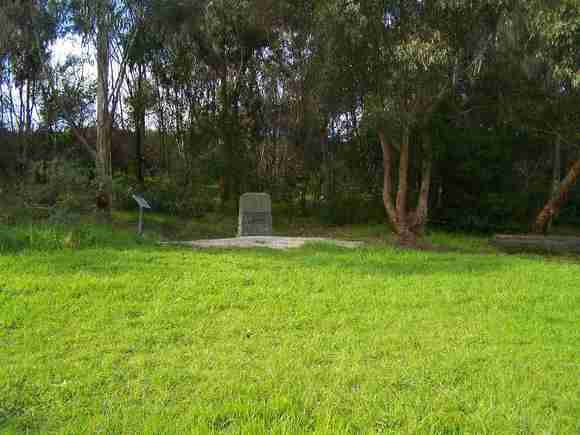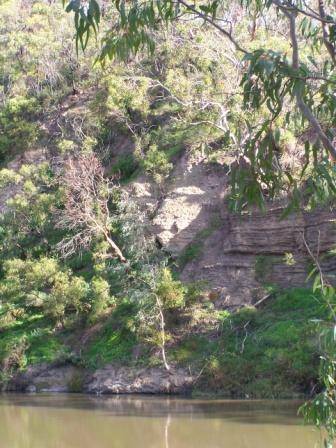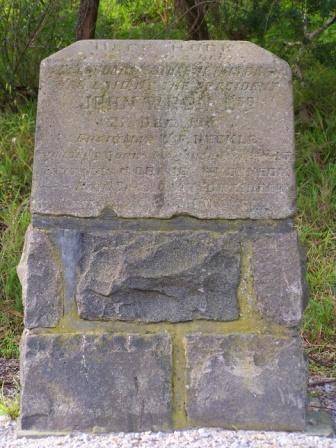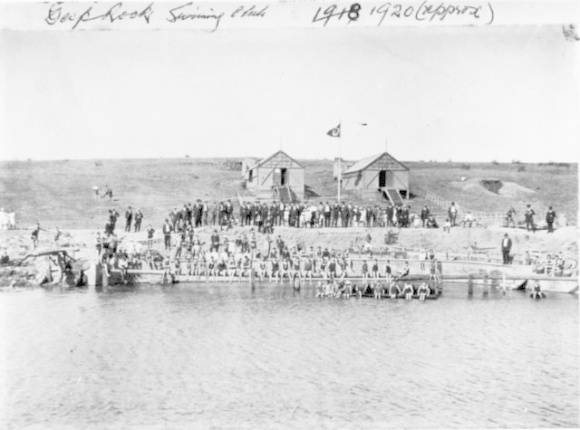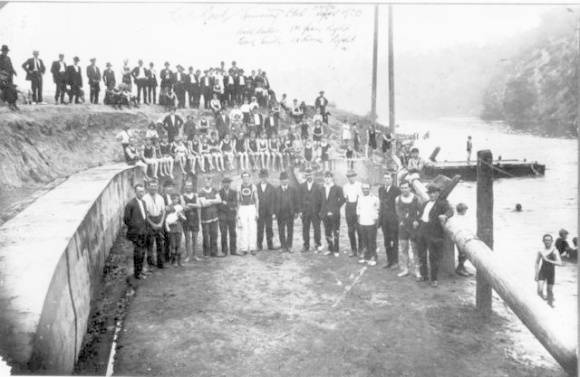| Back to search results » | Back to search page » |
|
Deep Rock Swimming Club site, includes foundation stone and pioneer memorial stones
Locationoff Deep Rock Yarra Bend Road,YARRA BEND, City of Yarra LevelIncl in HO area indiv sig |
|
Statement of Significance
The following wording is from the citation in the Yarra Bend Conservation Plan developed for Parks Victoria in 1998, and provided to Council as part of Amendment L78 to the Yarra Planning Scheme. Please note that this is a "Citation", not a "Statement of Significance".
Citation
Historical Summary
- Swimming Club established in 1906
- Was the first public recreational use of Yarra Bend which eventually was to displace the hospital and asylum reservational uses
- Comprised a concreted semi circular terraced area cut into the river bank, loacted above Dights Falls approx, where the Freeway now has caused a diversion of the river
- Was a major social venue for Collingwood and Clifton Hill residents in the decades up till the 1930's
- The club's buildings stood stark on a barren slope ".... and were the scene of much merriments on summer evenings"
- Improvements to its facilities and steady growth followed the establishment of the Yarra Bend Park Committee, including flood lighting and dressing pavilions. Other facilities erected around that time included new social club rooms and toilet facilities
- The long decline of the Club however commenced in the mid 1930's, with fire, flood and World War II affecting membership and facilities
- The 1934 floods washed away the Roseneath St Bridge, the club's main access route, and the clubhouse burned down, causing a severe fall off in patronage
- A granite doorway memorial to the Club's pioneers and a new diving tower were completed in 1939
- Lack of funds and difficult financial relations between the Club and the Trust, along with continuous siltation of the river resultant from improvements to Dight's Falls, eventually precipitated the long decline in popularity of Deep Rock
- After several attempts to revive the club in the 1940's, its fate was finally sealed by the advent of the car, giving people easier access to other swimming venues
- Apart from a shortlived attempt to revive it in 1957, the use of Deep Rock (and the river in general for swimming and boating) declined after this time
- The Deep Rock site was eventually destroyed when the freeway construction caused diversion of the river at that location
Summary of Significance
The Deep Rock Swimming Club heralded the future use of the Yarra Bend Asylum lands for organised recreational activity and facility. It was the first formal incursion of the neighbouring densely populated residents into the Yarra Bend reservefor the development of recreational facilities, a need which was later recognised and a precedent later followed by the establishment of the 'Yarra Bend National Park'. It is of regional significance as the precursor of the recreational development of Yarra Bend for the densely populated inner metropolitan areas.
Foundation and 'Pioneer' Memorial Stones
History and Description
The foundation stone is a simple single rectangular rendered brick block 300x550x350mm high with a tapered top, mounted on a recently repointed rockface bluestone block plinth. the whole assembly has subsided on its foundations, and is currently considered out of plumb. Its inscription is heavily weathered and can only be partially made out. This inscription in part reads
"Deep Rock Life Saving Club.... was laid by the President John Wren Esq. 21 Dec 1906, Chairman W.E. Henckle..."
The foundation stone appears to have been laid near the original swimming club rooms, though the precise original location of the building is unknown. It is possible that it may have been under the site of the freeway.
The 'Pioneer' memorial stones are six sawn granite slabs (4 No. 66x43x10cm and 2 No. 66x86x10cm) inscribed with the named of 'Members' and 'Officers' of the Club under the banner of 'Pioneers', and include the name of its founder, John Wren. Constructed in 1939 by the Public Works Dept., they were originally mounted each side of the Clubhouse entrance door, but are now in storage in the park depot.
Significance
The foundation stone and the pionner stones are significant as they are the only physical remnant of the swimming club use and facility on that site, and are important for park history interpretational purposes.
Group
Recreation and Entertainment
Category
Baths/Swimming Centre


